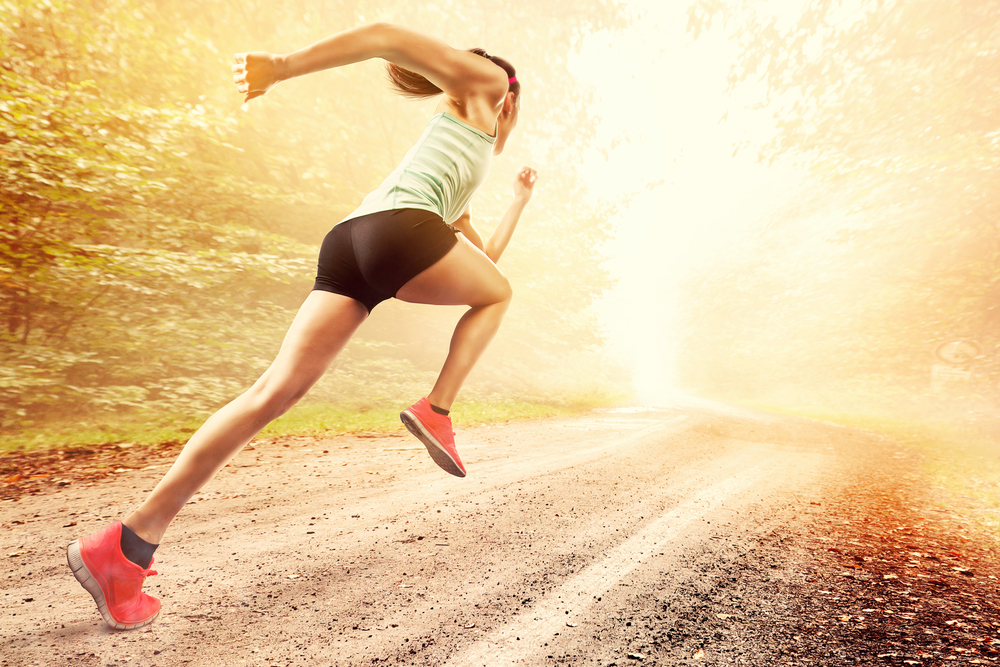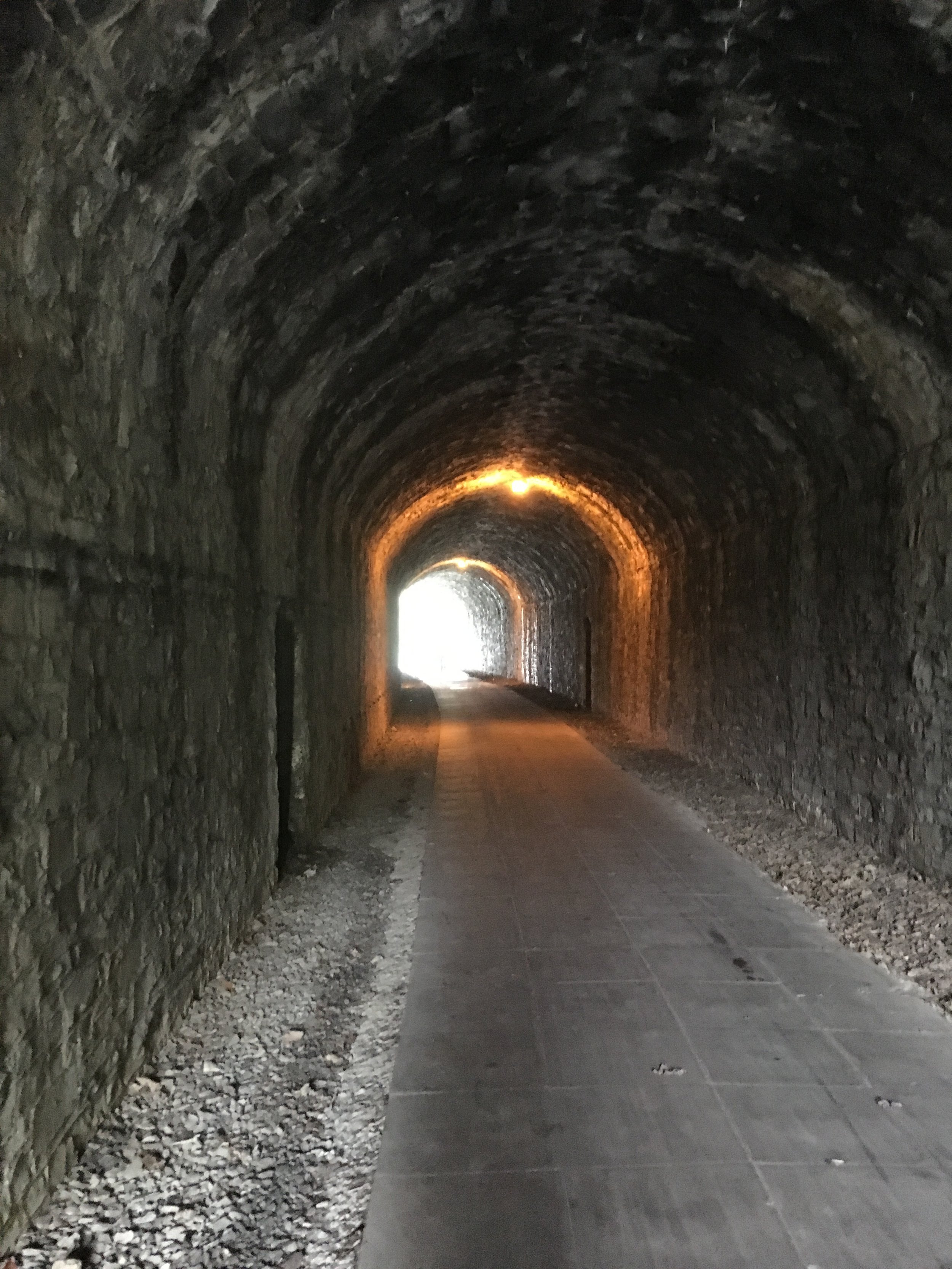How can I eat less? I’ve probably been asked this question more than any other in my twenty years in the fitness industry. In times gone by I’d have probably talked about the importance of counting calories, weighing food, measuring out portions etc, and whilst they’ll certainly work, there are other, quicker, niftier little tricks you can use to ensure you don’t over-indulge. Here are a few of my favourites, taken from a mixture of scientific studies, my own thoughts and tricks my clients have taught me over the years.
Share and share alike
When it comes to takeaways and eating out, you’ll often find yourself with a massive portion that you just can’t eat. Fish and chips is a prime example, you’re sure that they’ve illegally battered a whale and wrapped it in paper for you. Why not just order one portion between two? You can also use this technique in pubs and restaurants; have a main meal each but share starters or desserts. It sounds simple but it literally halves the calories you could have consumed if you’d gone it alone.
The only issue you may have is if you’re like this guy!
The Rule of 3
Here’s one for buffets and takeaways - real danger spots when it comes to portion control; choice means calories. There’s a large element of FOMO at work here, you really must try a bit of everything just in case it’s amazing. Chinese and Indian takeaways are also notorious - you always order too much and even if you can’t eat it all, you don’t want it to go to waste so you stuff in as much as possible before you’re literally ready to burst.
With the Rule of 3 this won’t happen - you simply limit yourself to just three choices. Your absolute favourite things maybe, or possibly three different options every time if you’re an adventurous soul.
Halve it
Do you always have two slices of toast? Do you butter both of sides of the bread when making a sandwich? For that matter, do you use two slices of bread to make the sandwich? If so, try going halves. One slice of toast, butter only one side of your sarnie, or even take on slice of bread, cut it in half and cut your portions and calories in the process. Equally, if you know you normally spoon yourself two portions of roasties with Sunday lunch or two scoops of ice cream with dessert, you can cut one of these in half instead.
This doesn’t need to be an extreme measure; it’s certainly not something to do at every meal but done at times when you know you normally over-indulge or for just one meal each day, it can gradually add up to an effective change.
Get stuffed
In a nice way I mean; healthier food choices are generally higher in fibre and therefore more filling. Snacking on carrot sticks before a carb-heavy dinner can help you feel fuller quicker and control your eating. Celery or pre-dinner salads have the same effect.
All of the suggestions so far work, but they require willpower. If you want to make it easier to eat less, you can physically alter your eating environment using the following tips.
Is it small, or just far, far away?
Those of you’ve followed balance for a while know I’m a big fan of this one - it’s known as the Delboeuf Illusion. It’s all about perception; in much the same way that Dougall is confused about the proximity of the livestock in Father Ted.
Take a look at the image below from my book The Complete Guide to Weight Loss - which of the inner circles is the biggest?
If you’ve seen it before, you’ll know they’re the same size; if not that may come as something of a surprise. Even when you do know, it takes effort for your brain to overrule your eyes - the one on the left clearly looks bigger. The (apparent) size of the inner circle is directly related to the size of the larger outer one; the smaller the outer circle the bigger the one in the centre appears.
When it comes to plate and bowl size, this works wonders for making you feel full. Food tends to pile up when you use smaller china, also giving the appearance that there is more. And when you think there’s more, you feel full more quickly - downsize your plates and downsize your appetite.
Split it up
How often do you open a large bag of crisps, have a few, feel satisfied and put the rest away for another day? What about sweets? Biscuits? Or anything that comes in large portions for that matter. The human brain is incredibly poor at judging how many calories you have actually eaten - we all like to believe that we can total up how much we’ve had as we go along, stopping when we’re full. The reality is that we eat what’s there; maybe it’s still harking back to a time when if we had an opportunity to gorge, we took it, unsure when we might have that possibility again.
So what’s the solution? We have to prepare our food in such a way that it is much harder to eat more - portion things out into tupperware tubs or bags, buy smaller packets or multi-packs where at least the items are separately wrapped. You’re less likely to eat six small packets of crisps in one sitting than you are to much down a giant sharer bag. Having to stop and open a new packet acts as a natural pause; time to consider your choices. We also tend to naturally assume that if something is wrapped in its own packet then by default that is a sensible portion to consume.
Make it inconvenient
Want to eat less of something? Place it on a higher shelf, put it at the back of the cupboard or fridge, pop it in a drawer at work, better still, a lockable one and then place the key on the other side of the room. Use the method I mentioned above of individually wrapping foods so that it requires more effort on your part to get at it.
Studies have shown that people will eat considerably less peanuts when they come in their natural ‘monkey nut’ form with shells still on, compared to when they’re covered in shelled, covered in salt and conveniently placed in a giant bag for you. Usually laziness is a problem when it comes to weight control but here you can use it to your advantage to reduce your portion sizes.
You’ll have your own tools and techniques for controlling how much you eat; please do share them in the comments below to help others find their balance.
















































































